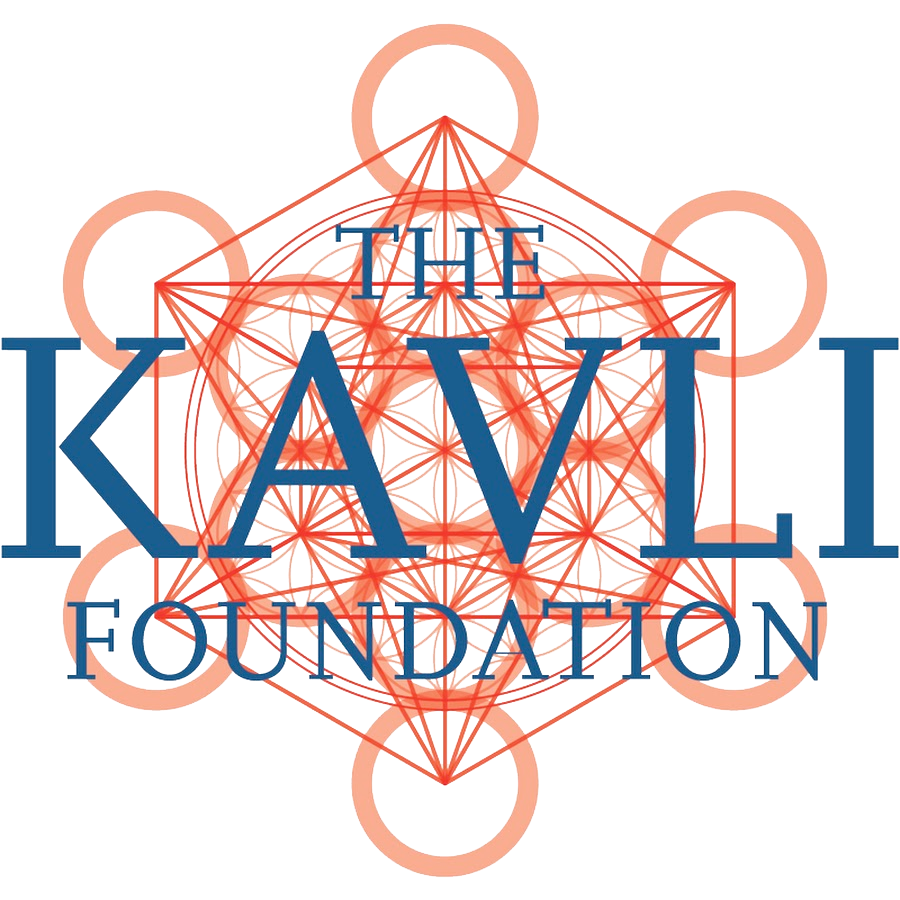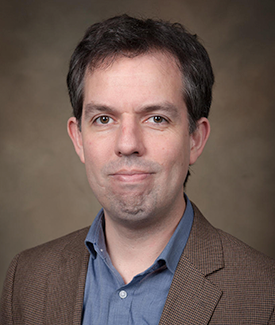
Kavli Foundation Keynote Plenary Session: Recent Advances in Neutrino Physics
Monday, April 15, 2019
8:30 a.m. - 10:18 a.m.
Sheraton Downtown Denver
Plaza ABC


Understanding the Physics Behind Neutrino Masses
André de Gouvêa
Northwestern University
8:30 a.m. - 9:06 a.m.
Nonzero neutrino masses are the most palpable evidence for physics beyond the Standard Model. Neutrino oscillations reveal, beyond reasonable doubt, that neutrino masses are not zero. While we can explain (almost all) neutrino data very successfully, the dynamical mechanism behind nonzero neutrino masses remains unknown. There are many compelling new physics scenarios capable of generating neutrino masses in a way that is consistent with the world's neutrino data, and it behooves us to figure out which one, if any, is realized by nature. I will pose the question, discuss a few possibility, and highlight some of the future experimental efforts that may help us piece the neutrino puzzle.

Neutrino Mass - Cosmology, direct measurements, neutrinoless double beta decay
Susanne Mertens, TUM/MPI-Munich
9:06 a.m. - 9:42 a.m.
With a mass at least six orders of magnitudes smaller than the mass of an electron - but non-zero - neutrinos are a clear misfit in the Standard Model of Particle Physics. On the one hand, its tiny mass makes the neutrino one of the most interesting particles, one that might hold the key to physics beyond the Standard Model. On the other hand this minute mass leads to great challenges in its experimental determination. Three approaches are currently pursued: An indirect neutrino mass determination via cosmological observables, the search for neutrinoless double beta-decay, and a direct measurement based on the kinematics of single beta-decay. This talk will present the current status and future perspectives of all three approaches.

Unveiling the high-energy neutrino sky
Marcos Santander, University of Alabama
9:42 a.m. - 10:18 a.m.
High-energy neutrinos can propagate over cosmological distances unabated by intervening matter and radiation fields, carrying with them information about some of the most powerful objects in the Universe. At MeV energies, two astrophysical neutrino sources have been detected so far: the Sun and supernova 1987A. At higher energies, neutrinos are expected to be produced in hadronic interactions of cosmic rays with ambient matter or radiation fields near their source or during propagation. Pinpointing the source of these neutrinos can therefore reveal the location of the astrophysical accelerators responsible for the cosmic ray flux. The discovery of an astrophysical flux of high-energy neutrinos by IceCube in 2013, followed by the identification of a blazar as a potential neutrino source in 2017, are major steps forward in this search. This talk will present an overview of the current status of high-energy neutrino astronomy and provide an outlook for the future of the field.
Registration Information:
- Included in April Meeting Registration
Ideal for:
- Everyone

